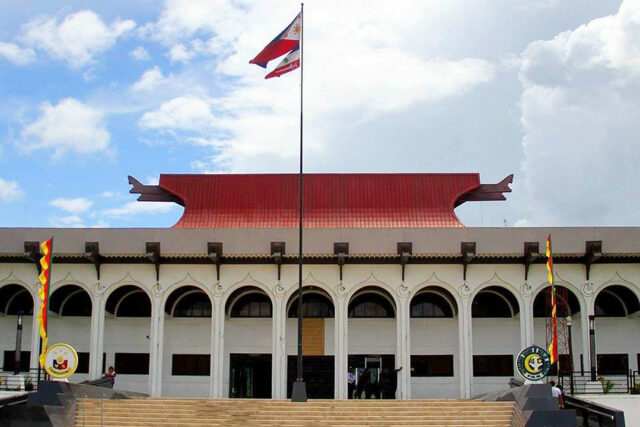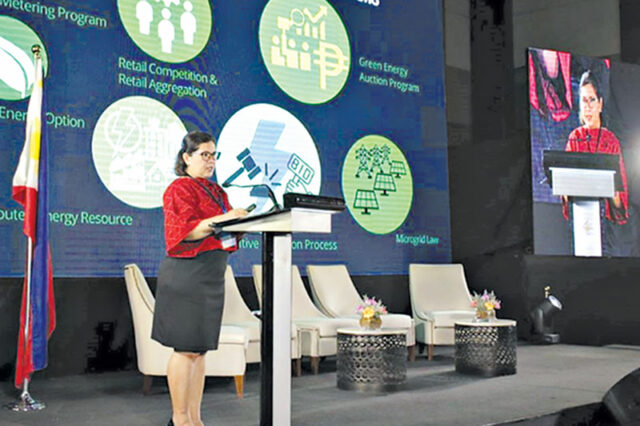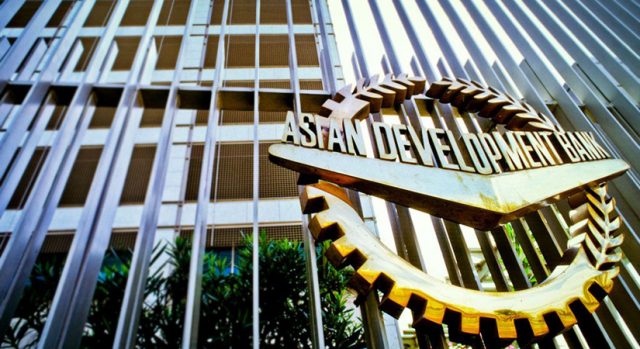Most of us work tirelessly to secure a good life for ourselves and our families, striving to ensure that our loved ones enjoy comfort and security even when we are no longer around. Under Philippine succession laws, the transfer of property, rights, and obligations to heirs is facilitated either through a will or by operation of law. While death is more often considered tragic, the legal framework includes provisions to support our loved ones and potentially generate further income from our property even after a person’s demise.
However, transferring property upon death is subject to estate tax, which is an excise tax imposed at a rate of 6%. In addition, transfer taxes are levied by local government units for the transfer of real property, with rates of up to 0.50%, if located in the provinces, or 0.75%, if located within the National Capital Region. These taxes are calculated based on the property’s value at the time of death and must be settled before any distribution to heirs can occur. Thus, effective tax planning is essential to manage the estate’s tax obligations.
Here are some of the measures for managing and reducing estate tax liabilities:
1. Sell or donate during lifetime the properties that appreciate over time
Property that increases in value over time, such as land or valuable jewelry, can be sold or donated in advance to the intended heirs, potentially resulting in a lower tax base compared to the value at the time of death. Similarly, a person can create an irrevocable trust, which is essentially a donation. In this case, the basis for the 6% donor’s tax would be the value of the property at the time the trust is created, rather than at the time of the decedent’s death.
Note that these transfers during the lifetime are still subject to tax, but the tax base may be lower because these types of property are expected to appreciate in value over time.
It is also crucial to ensure that the transfers are not made in contemplation of death, intending for the transfer to only take effect upon death, as this would still be subject to estate tax. According to the law, any transfer made directly or indirectly by the decedent during their lifetime, in contemplation of or intended to take effect in possession or enjoyment at or after their death, except in the case of a bona fide sale for adequate and full consideration in money or money’s worth, is also subject to estate tax.
2. Utilize exemption from donor’s tax of gross gifts amounting to P250,000 per year
The P250,000 exemption for gross gifts from Donor’s Tax can be utilized by individuals with estimated properties exceeding the allowable deductions for estate tax purposes. In such cases, a person can donate various properties over several years to take advantage of this exemption.
The exemption allows the first P250,000 of gross gifts each year to be free from donor’s tax. By gifting portions of the estate annually, the owner can effectively reduce the value of their estate over time, thereby minimizing the estate tax liability upon death.
However, while donating or transferring property to intended heirs often involves an informal understanding that the heirs will provide support to the donor, it is equally important for donors to consider their own needs. Donors should carefully evaluate their long-term financial needs and ensure they have enough assets or income to sustain their lifestyle and cover any unexpected expenses in their lifetime.
3. Transfer family-owned assets to a corporation through Tax-free exchanges under Section 40(C)(2) of the Tax Code
Saving on estate taxes through the transfer of certain family-owned assets to controlled corporations using tax-free exchanges under Section 40(C)(2) of the Tax Code involves a strategic approach. According to this provision, no gain or loss shall be recognized if property is transferred to a corporation by a person, alone or together with others, not exceeding four persons, in exchange for stock or units of participation in the corporation, provided that as a result of the exchange, the transferor or transferors, collectively, gain or maintain control of the corporation.
In this case, the assets are exchanged for shares in the controlled corporation. The tax base for the estate tax would be the fair market value (FMV) of the shares at the time of the decedent’s death. With the promulgation of Revenue Regulations (RR) No. 12-2018 and 20-2020, the FMV of shares of stock not listed and traded on the stock exchange is determined using the book value of the shares based on the corporation’s latest audited financial statements. Thus, the appraisal surplus of the underlying assets of the corporation is not included in determining the FMV of the shares.
4. Utilize allowable deductions, especially the standard deduction and the family home
The first thing to do is to create an inventory of property and liabilities, and identify the possible deductions that the estate is qualified to avail of. The allowable deductions for either citizens or residents under the law are as follows:
a. Standard deduction of P5 million;
b. Claims against the estate;
c. Claims of the deceased against insolvent persons where the value of the decedent’s interest therein is included in the value of the gross estate;
d. Unpaid mortgages, taxes, and casualty losses;
e. Property previously taxed/Vanishing Deduction;
f. Transfers for public use;
g. Deduction of up to P10 million for the family home;
h. Any amount received by the heirs from the decedent’s employer as a consequence of the death of the decedent-employee in accordance with Republic Act 4917; and
i. Net share of the surviving spouse in the conjugal partnership or community property.
Emphasizing family home, it is noteworthy that a family home can be constituted by a person regardless of marital status, whether married or unmarried head of the family. The special deduction is equivalent to the actual FMV of the family home but not exceeding P10,000,000 from the gross estate before computing the estate tax. This deduction pertains to the principal residence of the decedent, including both the house and the land. The decedent, or the spouses in the case of a married couple, can designate which property will be recognized as the family home, following the provisions of the Family Code and RR No. 12-2018.
Under RR No. 12-2018, the family home is generally characterized by permanence, that is, the place to which, whenever absent for business or pleasure, one still intends to return. The requisites for deductibility for estate tax purposes are as follows:
a. The family home must be the actual residential home of the decedent and his family at the time of his death, as certified by the Barangay Captain of the locality where the family home is situated;
b. The total value of the family home must be included as part of the gross estate of the decedent;
c. Allowable deduction must be in an amount equivalent to the current fair market value of the family home as declared or included in the gross estate, or the extent of the decedent’s interest (whether conjugal/community or exclusive property), whichever is lower, but not exceeding P10 million;
d. For spouses, it must form part of the absolute community or conjugal partnership, or of the exclusive properties of either spouse. It may also be constituted by an unmarried head of a family on his or her own property; and
e. For purposes of availing of the benefits of a family home as provided for in this Chapter, a person may constitute, or be the beneficiary of, only one family home.
To maximize the available deduction, they can select to constitute as family home the house and land that will most effectively utilize the full P10 million threshold, thereby reducing the taxable portion of the estate. This provision ensures that the family home, a vital asset for the heirs, is protected to a significant extent from estate tax burdens.
Further details and requisites of deductibility can be found in Sections 84 to 87 of the Tax Code, as amended, and are implemented by the BIR through RR No. 12-2018.
5. Secure an irrevocable life insurance policy
Although not a direct tax-saving measure, another method to provide nontaxable liquidity to the estate is to secure an irrevocable life insurance policy. In the event of death, the estate and local transfer taxes, or portions thereof, can be covered by the life insurance proceeds. This ensures that the assets forming part of the estate are not substantially diminished by the estate tax liability.
Aside from the measures mentioned above, there may be other ways to minimize estate and transfer taxes. Exploring additional options with tax, legal, and financial advisors could reveal various opportunities to optimize your estate plan and reduce tax liabilities.
Effective estate planning in the Philippines involves navigating both estate and transfer taxes while considering potential tax-saving measures. Although zero transfer tax is not often feasible, these approaches can help manage tax burdens and ensure that your loved ones benefit more from your estate. Ultimately, proactive estate planning is crucial for securing financial legacies and providing peace of mind for the future.
Indeed, love extends beyond death and taxes, and thoughtful planning ensures that your hard-earned assets continue to support and care for your loved ones long after you are gone.
Let’s Talk Tax is a weekly newspaper column of P&A Grant Thornton that aims to keep the public informed of various developments in taxation. This article is not intended to be a substitute for competent professional advice.
Aaron Paul A. Santos is a manager of the Tax Advisory & Compliance division of P&A Grant Thornton, the Philippine member firm of Grant Thornton International Ltd.
pagrantthornton@ph.gt.com












